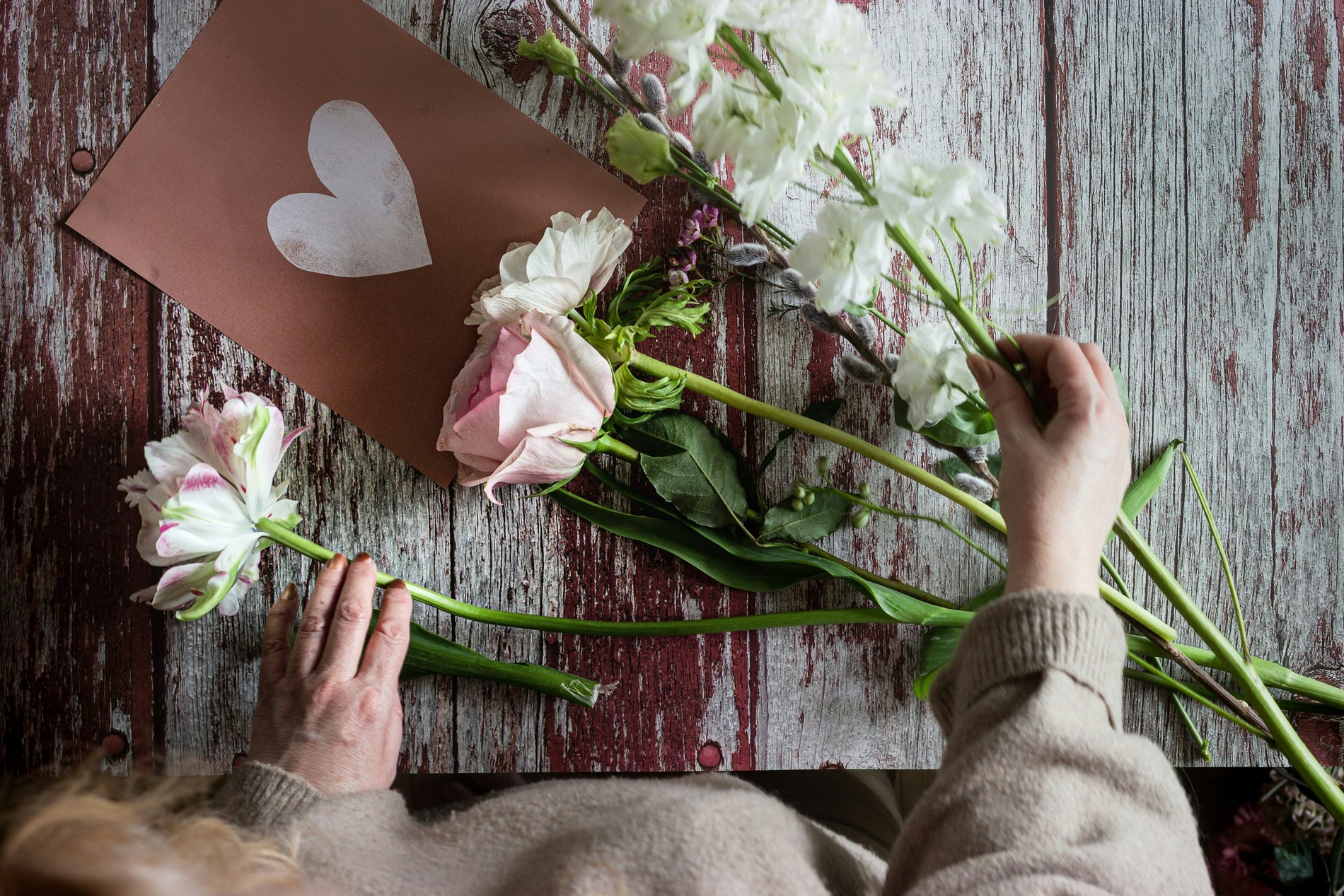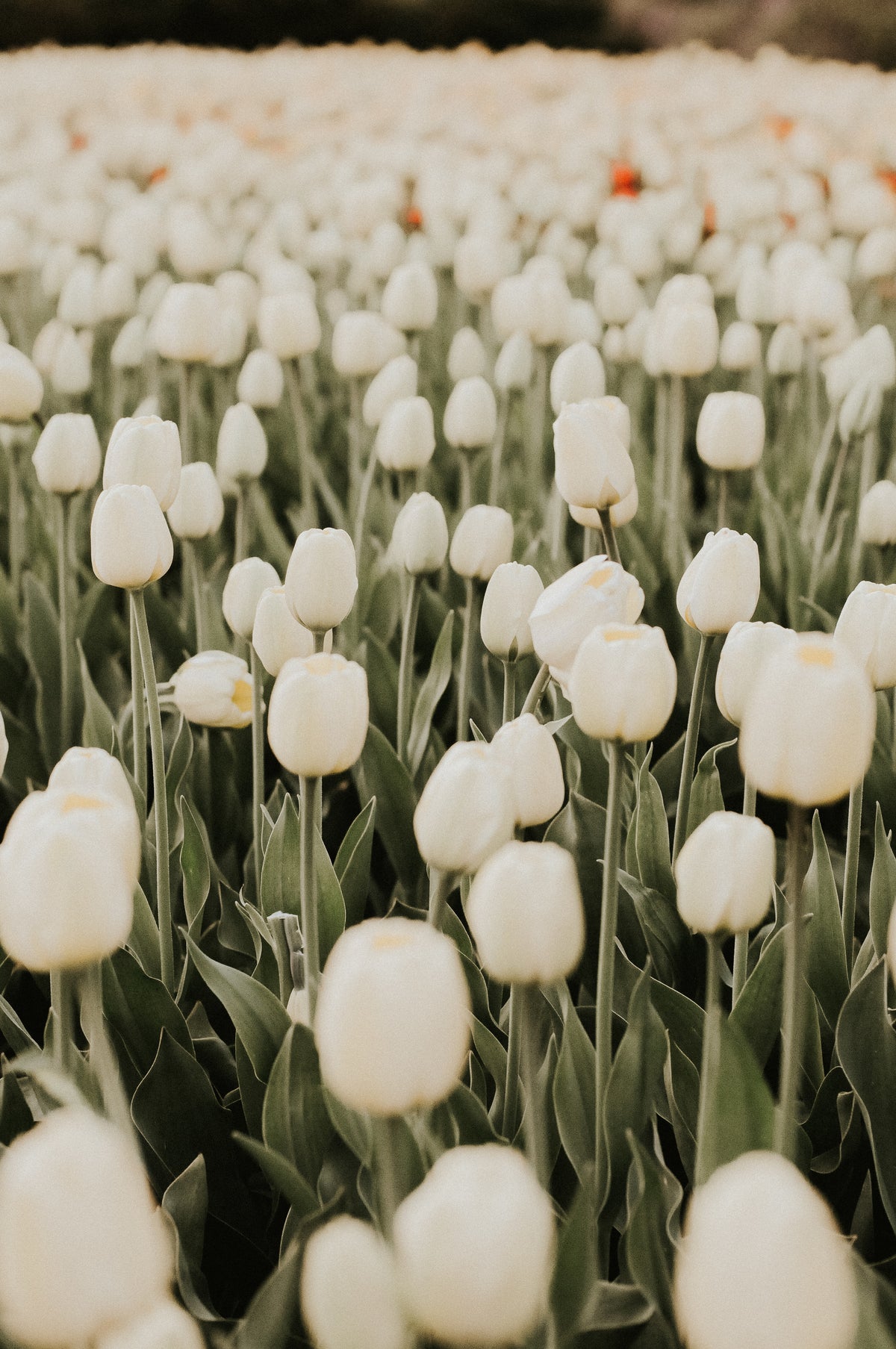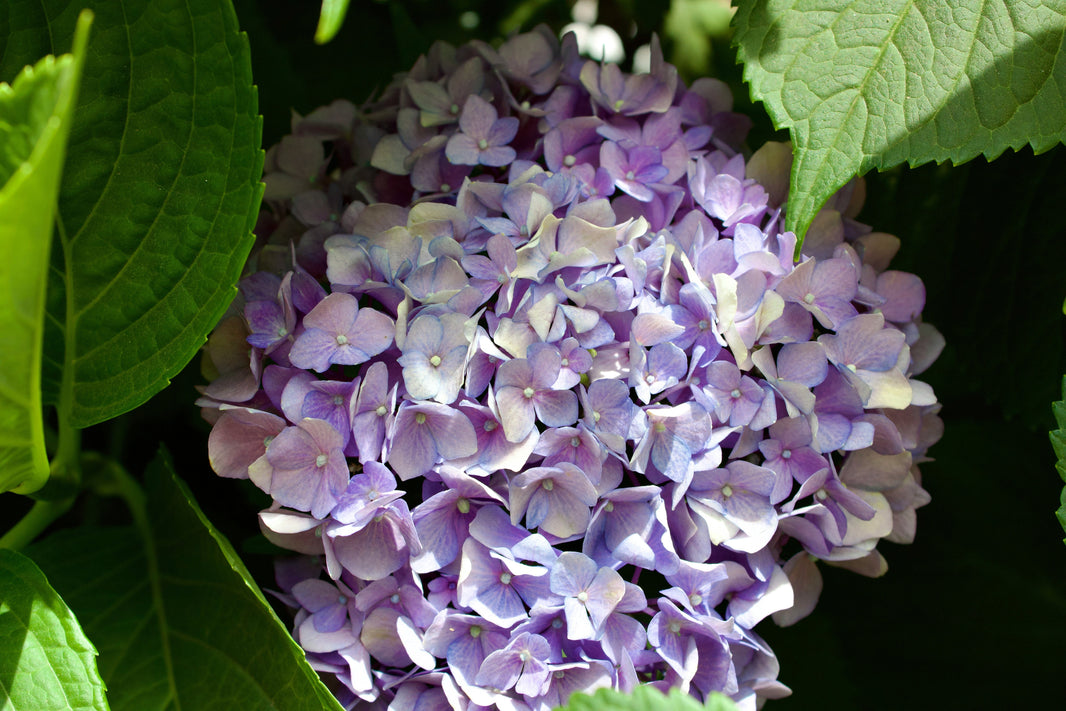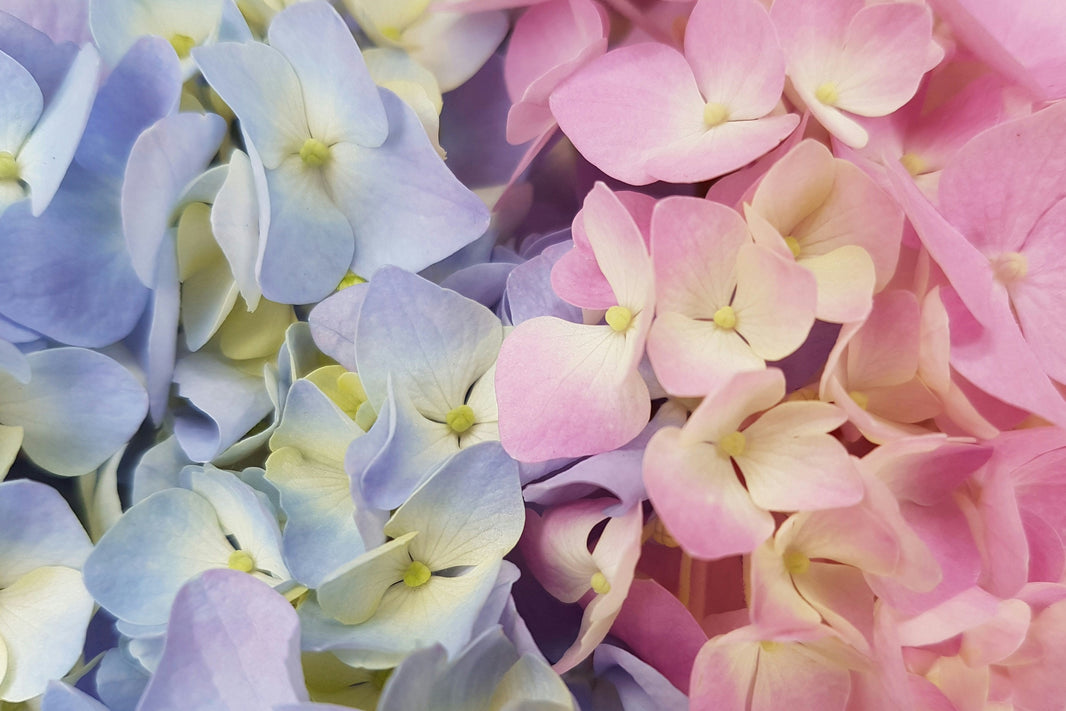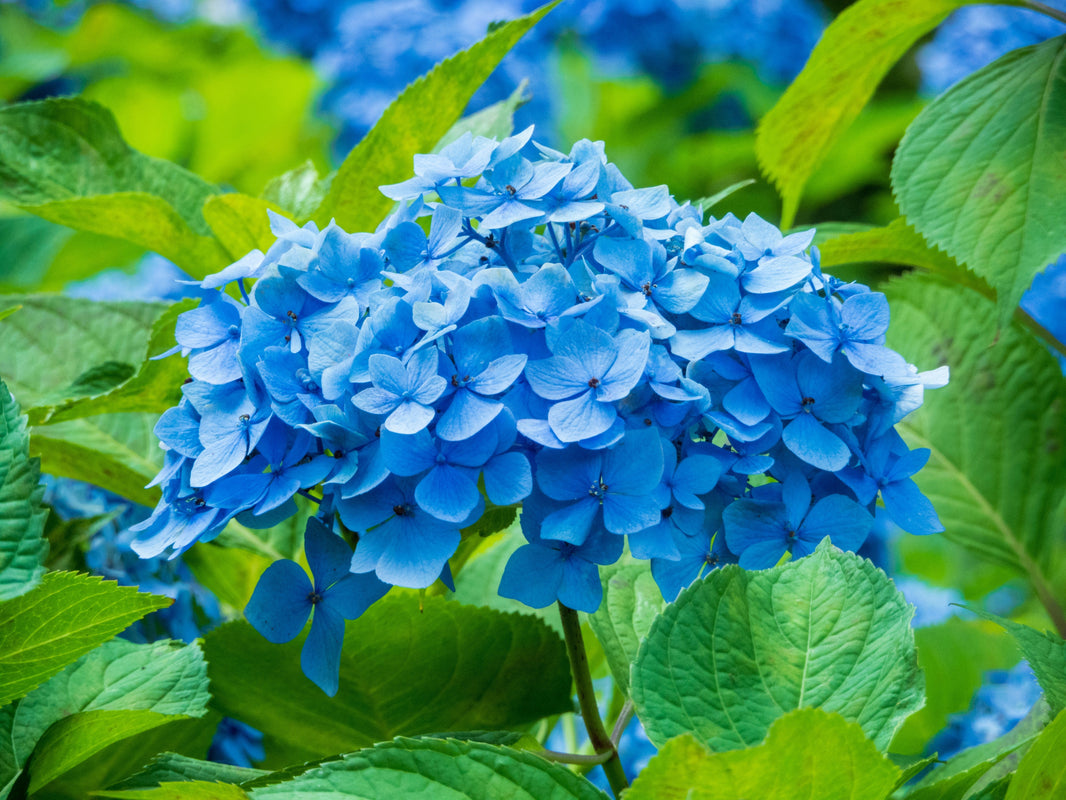Floral design is a captivating art form that balances aesthetics and nature’s raw beauty. At its core, a great floral arrangement combines creativity and technique, guided by timeless principles to achieve harmony. Among the fundamental rules in floristry is the 3:5:8 ratio, a golden guideline for making proportionate and visually pleasing designs. Whether you’re crafting bouquets, table arrangements, or large installations, this ratio helps elevate both the look and feel of your creations.
If you’re new to floristry, terms like "3:5:8 ratio" might seem abstract. Think of it as a mathematical lens applied to flowers. This principle ensures that each element in an arrangement fits within a harmonious scale. By observing these proportions, florists can create compositions that look balanced yet naturally dynamic. Wholesale flowers, in this context, become integral because they grant the florist the freedom to experiment and fine-tune proportions on a bigger scale.
Understanding the 3:5:8 floral design principle requires grasping more than just numbers. It invites you to explore perspectives, height, and texture. Every flower, branch, and filler has a unique role in the larger arrangement. The 3, 5, and 8 proportions guide the way these elements unify without requiring complex artistry. This rule isn’t just about numbers; it’s about storytelling, where flowers collectively tell a better story when their arrangement adheres to natural balance.
Shifting our focus to practical applications, using this principle becomes particularly meaningful when dealing with wholesale flowers. Wholesale florals often come in bulk quantities that require advanced planning. Sticking to floristry rules like 3:5:8 not only makes the design process easier but also ensures that you achieve consistent results when crafting identical multi-piece installations or large-scale wedding décor.
Why does this principle continue to dominate floral design? It’s rooted in the universal appeal of ratios. Just like the golden ratio influences architecture, the 3:5:8 ratio creates arrangements that feel universally pleasant to the eye. Even if your client doesn’t know the intricacies of floral design principles, they will notice when a piece looks “right.” That’s the enduring appeal of this guide.
If this seems theoretical so far, don’t worry. Throughout this blog post, we’ll break down what each number represents and how they play together to create artistry. Whether you’re a beginner or an experienced florist, the methodology remains accessible. By understanding the “why” behind this principle, you’ll approach your wholesale design with renewed clarity and confidence.
For anyone buying flowers in bulk or creating arrangements from WholesaleFlowers.net, the content here will teach you not only what works but how to use floral mathematics for maximum creative impact. The following sections ensure that you’ll walk away with actionable tips and a deeper understanding of floristry.
The Origins of the 3:5:8 Rule
Understanding the origins of floristry rules like the 3:5:8 ratio offers valuable insights into why certain methods are universally adopted. The concept of proportions in art and design dates back centuries, intertwining nature and mathematics. Early civilizations noted patterns and proportions in nature, where everything from flower petals to tree branches followed mathematical sequences.
For florists, this principle aligns closely with the golden ratio, widely revered in art, architecture, and even natural sciences. The 3, 5, and 8 proportions reflect a similar balance, ensuring every element in an arrangement serves the overall visual appeal. Leveraging these traditions lets modern florists honor timeless techniques while adding their personal flair.
Balancing asymmetry with proportionality remains an enduring strength of this rule. The 3 represents smaller focal areas, often flowers placed closer to the central design. The 5 builds mid-tier elements, while the 8 rises higher or expands outward to create flow. This dynamic construction mirrors patterns we naturally admire in landscapes or organic formations.
It’s also worth emphasizing how the 3:5:8 principle transforms arrangements made with wholesale flowers. With bulk flower purchasing, maintaining visual balance among dozens (or hundreds) of flowers proves challenging. The simple structure of this ratio sustains consistency across several arrangements, streamlining production and reducing errors.
Adopting this principle goes beyond better aesthetics. It actively trains florists to see colors, textures, and silhouettes more clearly. For novice and professional floral designers, committing to proportion-based design fine-tunes their eye for balance. You don’t just follow the rule mechanically; you internalize it, applying it intuitively across arrangements big and small.
Roots in artistry and mathematics aside, the 3:5:8 ratio also reflects our psychological and cultural preferences. It brings clarity to what may otherwise seem chaotic, creating satisfying sculptures of floral beauty. From small, hand-tied bouquets to elaborate wedding centerpieces, resizing and scaling proportions keeps the design predictable yet unique.
A lesser-talked-about advantage of mastering proportional floristry is harnessing time efficiency. When flowers arrive in bulk, dividing them intentionally by ratios simplifies processes like sorting and bud preparation. WholesaleFlowers.net, for instance, supplies stunning roses, greenery, and seasonal blooms for florists who want both artistry and practicality in their approach.
Understanding the past strengthens your confidence in using this system for future projects. Predictable, inspiring, and resource-efficient, the origins of the 3:5:8 rule prove its value. For enthusiasts or professionals looking to improve or elevate their craft, you’re now stepping into a centuries-old tradition.
How the 3 Works in Floral Design
Among the 3, 5, and 8 proportions, it’s helpful to begin with the smallest value. Three acts as the grounding element, anchoring designs in simplicity. While it represents the smallest quantity, it has an outsized impact in guiding the rest of the design. Often described as the focal segment, this group of flowers serves as the arrangement’s base.
The chosen flowers for this proportion should be bold or distinctive. Their role is to draw attention or set the mood. For example, in a bouquet emphasizing soft pastel tones, the number three might represent show-stopping garden roses. Conversely, vibrant tropical floral designs could start with heliconia blooms as the grounding force.
How the 3 Works in Floral Design
Among the 3, 5, and 8 proportions, the number 3 plays a foundational role in creating balance within floral designs. Representing the smallest segment, “3” anchors your arrangement, providing the visual and structural base that guides the design's direction. This element often dictates where the eye begins its journey when admiring the finished piece. Without this grounding principle, achieving cohesiveness in your floral composition becomes more challenging.
The flowers selected for this portion should make a bold statement, as they’re often the focal point of the entire arrangement. These flowers need to stand out, whether through their color, size, or texture. For instance, in a neutral-toned arrangement, you might use three voluminous white hydrangeas to create focus. Alternatively, in colorful tropical displays, three bright orange strelitzia could serve as the dramatic centerpiece. Their distinct presence ensures the arrangement draws attention without overwhelming the senses.
One practical way to apply the number 3 while working with wholesale flowers is through grouping. When assembling an arrangement, set aside three standout blooms as your foundation element before layering in additional components. This is particularly effective when designing multiple arrangements because wholesale flower orders often include bulk quantities of a single variety, making it easier to designate identical focal points across all pieces.
From a design perspective, the three flowers should be positioned strategically to form a triangle, ensuring visual harmony. This triangular structure mimics the natural symmetry we see in nature, making the design appear effortlessly appealing. For example, when creating a centerpiece for a rectangular table, cluster three roses in a triangular configuration at the center to establish balance. This clear, simple technique can elevate bulk flower arrangements to look polished and professional.
The number 3 also comes heavily into play when considering negative space in an arrangement. If your design feels overcrowded or chaotic, focusing on a smaller base of three flowers allows breathing room between elements, letting texture and color shine. Wholesale florists often grapple with the sheer volume of blooms bought in bulk, but sticking to the “three rule” ensures you make precise, deliberate choices rather than adding too much at once.
Using the 3 proportion also caters to florists who lean into storytelling through their work. A trio of flowers can depict a narrative, such as highlighting “past, present, and future” or representing a trio of shared memories. By pairing creativity with structured proportions, you can elevate even symmetrical designs. Utilizing wholesale flowers for this method is a cost-effective way to explore such artistic storytelling across large-scale projects, offering both creative variety and practicality.
Ultimately, the significance of “3” lies in its simplicity and impact. It serves as both a visual foundation and a creative springboard in floral design, especially when working with wholesale flowers. With just three carefully chosen blooms arranged thoughtfully, you set the tone for the rest of the arrangement, creating a vibrant, balanced canvas for adding mid-tier and flowing elements next. By mastering this key component, you’re well on your way to crafting cohesive and stunning designs that follow the timeless floristry rules of the 3:5:8 ratio.
How the 5 Works in Floral Design
The role of the number 5 in the 3:5:8 ratio is to build structure and bridge the gap between the focal points (represented by 3) and the flowing elements (represented by 8). Think of "5" as the supporting cast in your floral arrangement, adding depth, balance, and connectivity to the design. These flowers often accompany the focal blooms to highlight their impact while subtly extending the arrangement’s presence.
Typically, the flowers chosen for the "5" grouping are less bold than those in the "3" but more prominent than the fillers or trailing elements used in the "8." For instance, in a bouquet centered around garden roses, your group of five might include complementary daisies or ranunculus. These medium-tier flowers enhance the texture and tone of the focal flowers without overshadowing them. Selecting wholesale flowers for this section is particularly beneficial as it allows for consistency across multiple arrangements while maintaining cost efficiency.
Arranging the “5” effectively requires an eye for color harmony and texture contrast. For example, in a pastel bridal bouquet, if the focal roses are white, you might incorporate five pale-pink spray roses to soften the design. The placement of these five stems varies depending on the arrangement style. However, they’re generally layered near the focal point, creating a noticeable but not overpowering presence. Wholesale flowers make this step seamless, as purchasing a diverse selection ensures florists have plenty of options to experiment with proportions.
The number 5 also brings symmetry and flow to designs. By spreading these mid-tier blooms evenly, the arrangement gains a dynamic balance. Imagine designing a garland or mantelpiece arrangement; your key flowers form the base, while groups of five strategically placed accent flowers create rhythm along the length of the design. This structured yet fluid approach exemplifies floristry rules that operate within the boundaries of the 3:5:8 ratio while encouraging creative exploration.
When designing in bulk, such as for events or weddings, incorporating the "5" section is a vital step in maintaining uniformity across multiple pieces. Using wholesale flowers in mixed varieties for the "5" layer ensures that all arrangements exude cohesion without sacrificing individuality. For instance, a table centerpiece series might feature consistent focal flowers and similar-but-varied supporting blooms, thanks to buying in bulk.
What’s fascinating about the "5" element isn’t just its physical placement but also the mood it creates. These flowers often soften the transition between bold focal points and flowing or trailing details, creating an emotional response in the viewer. Wholesale flowers provide ample opportunity to test and modify these layers, ensuring you can evoke both elegance and drama as desired.
Ultimately, the "5" in floral design serves as an indispensable link within the 3:5:8 ratio. It ties the core focal point to the broader scope of the arrangement, ensuring balance between attention-grabbing elements and softer accents. By carefully integrating this middle layer, whether with the help of wholesale flowers or custom-themed botanicals, you can create stunning designs that adhere to both classic floral design principles and the practical demands of floristry.
How the 8 Works in Floral Design
The number 8 in the 3:5:8 ratio represents the flowing, expansive elements that provide movement and finish to the floral design. These blooms or foliage pieces often extend outward or upward, creating a sense of drama and scale. If "3" forms the anchor and "5" bridges the arrangement, "8" is what breathes life into the design, giving it that striking final touch. This component is also crucial for softening the overall structure and achieving an organic feel.
Typically, the flowers or greenery chosen for the “8” portion are less structured, allowing the arrangement to appear less rigid and more natural. For instance, trailing greenery like eucalyptus or wispy flowers like astilbe can be incorporated at this stage. They exude grace and movement, complementing the more structured focal points established in the earlier proportions. When sourcing wholesale flowers, this layer becomes essential for stretching your budget; bulk greenery and filler flowers allow you to add volume and flair affordably.
Placement for the "8" elements often involves adding stems at angles or allowing these pieces to spill over the edges of the arrangement. Whether you’re creating a table centerpiece where tendrils cascade, or a bridal bouquet with flowing ribbon-like accents, the “8” brings effortless beauty. These elements interact with surrounding textures, enhancing the lushness of the overall design. Wholesale suppliers can offer a wide range of trailing or textured options that are ideal for this layer, ensuring consistency when crafting multiple arrangements.
Adding this final touch also involves playing with direction and scale. For example, in an asymmetrical design, the “8” elements might reach out toward one side while subtly curling back in on the opposite, producing a delicate imbalance that feels deliberate and artistic. This interplay between movement and structure reflects the core of floral design principles, where craftsmanship meets creativity. When creating designs at scale and adhering to floristry rules, wholesale flower orders ensure both affordability and precision in achieving these effects.
The significance of “8” also lies in creating visual narrative within a design. These elements are often what make an arrangement uniquely memorable, turning something beautiful into something extraordinary. For instance, a cascading wedding bouquet might feature eight trailing stems of ivy or jasmine, creating a dreamy, fairy-tale-like aesthetic. Working with wholesale flowers in bulk allows you to experiment generously with these flourish elements, iterating creatively until you find the perfect layout.
Functionally, the “8” provides the finishing layer that ties the entire arrangement together. It helps blend sharp transitions between focal flowers and supporting blooms, disguises gaps, and gives the arrangement a polished yet lively appearance. For florists working with wholesale lot sizes, this step maximizes the visual output with minimal material use. With proper planning, even the simplest foliage can elevate designs by contributing these flowing, elegant extensions.
Ultimately, the 8 serves as the heart of movement and growth in floral design. It allows the arrangement to rise and flow, aiding in the creation of lush, immersive pieces that feel both intentional and organic. For florists procuring wholesale flowers, mastering this stage means mastering the balance between structure and creativity, ensuring that every detail—from the highlights to the fill-in elements—is designed with purpose and artistry.
Practical Applications of the 3:5:8 Ratio in Wholesale Floral Design
The 3:5:8 ratio provides a reliable framework for florists, especially when working with the extensive quantities that wholesale flowers offer. Applying this principle ensures that your designs not only maintain aesthetic harmony but also streamline the often complex process of handling bulk materials. Whether you’re crafting individual arrangements or large-scale installations for events, the 3:5:8 rule simplifies creation, from planning to execution.
Scaling designs using the 3:5:8 ratio is an essential skill for florists who handle wholesale orders. For example, if you’re tasked with creating both a bridal bouquet and matching table centerpieces, the ratio allows for easy adjustments. You might start with the same focal flowers as the “3,” but vary the surrounding supporting and trailing elements to fit the smaller or larger scale of each piece. This ensures that all the arrangements align visually while adapting their proportions to the space they occupy.
Consistency is key when designing in bulk, and the 3:5:8 ratio serves as a guide to achieving that uniformity. For weddings or corporate events that require matching centerpieces or aisle décor, the ratio helps ensure each piece looks cohesive, even when produced in large quantities. By separating flowers into batches that align with these proportions, you can quickly assemble designs without straying from your plan. Wholesale flowers, available in uniform bundles or stems, make this process efficient and cost-effective.
Maximizing resources is another advantage of using the 3:5:8 rule in wholesale floral design. By dividing your bulk order according to the ratio, you reduce waste and ensure every flower finds its place in the design. For example, you could allocate your most stunning and expensive blooms, like peonies or orchids, to the focal “3,” while stretching your budget with fillers like carnations or baby’s breath in the “8.” Wholesale flower suppliers offer a wide variety of blooms at scale, allowing you to balance luxury with practicality.
The 3:5:8 ratio also supports creativity, giving florists a flexible structure within which to experiment. Imagine crafting a large hotel lobby arrangement. The tall, dramatic focal flowers (the “3”) might include tropical blooms like bird of paradise, while the “5” layer consists of medium-sized proteas. For the “8,” cascading greenery and long-stemmed fillers like grasses or branches add visual volume, creating an arrangement that’s both opulent and cohesive.
Planning floral installations becomes simpler when you apply the 3:5:8 rule. For instance, creating a hanging installation at an event starts with sectioning off your wholesale flowers into these proportions. Using the smallest segment, the “3,” as the centerpiece of the structure ensures the overall design has a focus. Gradually adding the “5” and “8” layers builds out the arrangement, creating depth and scale without overwhelming the space. Proportions act as a roadmap, ensuring maximal impact with minimal trial and error.
Finally, the 3:5:8 ratio supports not just aesthetic beauty but also operational efficiency for busy florists. Buying wholesale flowers often involves navigating large shipments, tight budgets, and tight timelines. By adhering to this time-tested principle, you can organize your workflow with ease. The result? Stunning, well-proportioned designs that satisfy your creative vision and your client’s expectations, regardless of the project’s size.
The 3:5:8 ratio remains a dependable and versatile principle in floral design, helping florists create arrangements that are both balanced and beautiful. By offering a clear structure, it simplifies the process of transforming raw materials into cohesive masterpieces. From small bouquets to grand installations, this ratio ensures that every element, from focal flowers to filler greenery, contributes meaningfully to the overall design.
For florists working with wholesale flowers, the 3:5:8 rule provides practical advantages beyond aesthetics. It streamlines planning and execution, especially when designing for large-scale events or creating uniform pieces in bulk. By dividing flowers proportionally, this rule helps florists maximize their resources while maintaining consistency across multiple arrangements. It’s a technique that conserves time while delivering visually stunning results, even under tight deadlines.
One of the key benefits of the 3:5:8 ratio is how it empowers florists to design with both artistry and efficiency. The balance of focal blooms, supporting flowers, and cascading elements creates an organic yet structured composition that appeals to the human eye. For those sourcing their materials from suppliers like WholesaleFlowers.net, the wide range of options available makes it easier to implement this principle with precision and style. By purchasing flowers in bulk, florists not only save money but also gain the flexibility to experiment and refine their designs.
What makes the 3:5:8 ratio particularly valuable is its adaptability. It serves beginners and seasoned professionals alike, offering a repeatable formula that takes the guesswork out of creating arrangements. Whether crafting a single centerpiece for a small gathering or styling an entire wedding, florists can rely on these proportions to guide their work. The rule bridges the gap between creative intuition and mathematical precision, making it an indispensable tool in the floristry toolkit.
Additionally, this ratio accommodates modern design trends while staying rooted in timeless principles. From asymmetrical designs to lush garden-style arrangements, the 3:5:8 rule enhances flexibility without sacrificing balance. Using wholesale flowers to execute these varied styles allows florists to cater to diverse client requests while maintaining a consistent standard of quality. Such versatility underscores why this guideline is so highly regarded among industry professionals.
For florists purchasing from WholesaleFlowers.net, the combination of high-quality wholesale flowers and the 3:5:8 system offers the perfect recipe for success. With an extensive selection of blooms and greenery, florists have the tools they need to elevate their craft. By following this proportion-based approach, they can transform bulk materials into signature designs that captivate clients and guests alike.
Ultimately, the 3:5:8 ratio is far more than a set of numbers; it’s a pathway to achieving harmony in floral design. Its straightforward guidelines simplify even the most intricate projects, giving florists confidence and control. Whether working with seasonal stems, exotic blooms, or flowers in bulk, adhering to this principle ensures every arrangement is stunning, balanced, and memorable.


